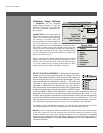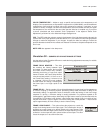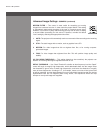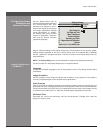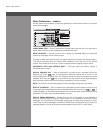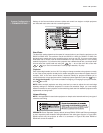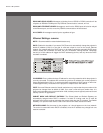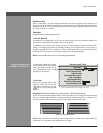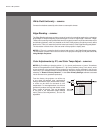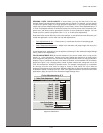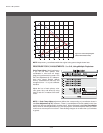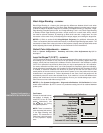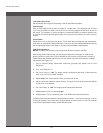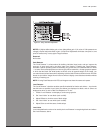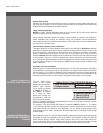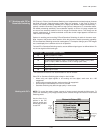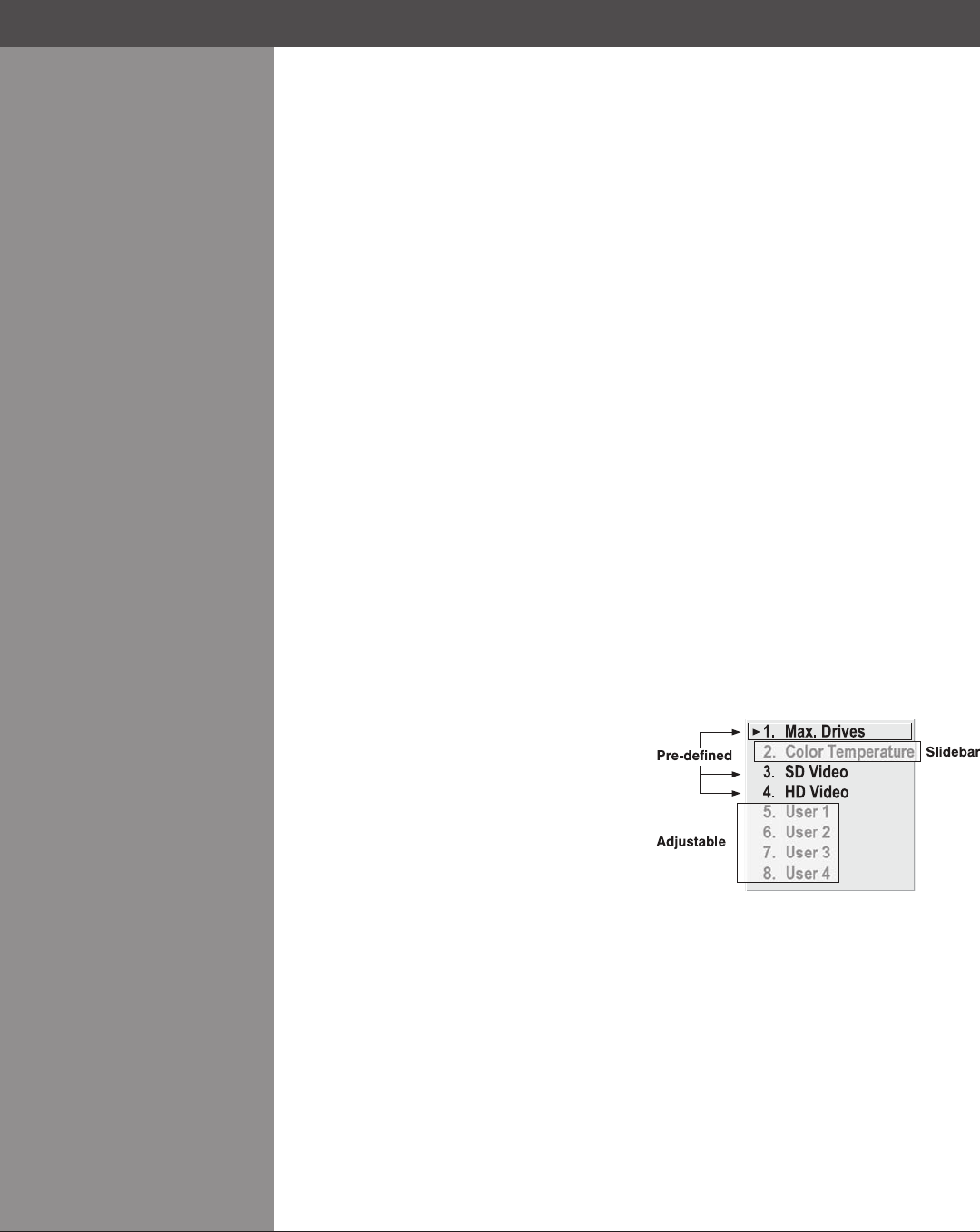
Wolf Cinema Owner's Manual
3-38
White Field Uniformity — SUBMENU
Corrects for shadows caused by short throw or anamorphic lenses.
Edge Blending — SUBMENU
The Edge Blending submenu provides a range of controls for smoothing together the overlapping
bright edges of multiple adjacent projected images to create a single larger “seamless” image.
These controls, which primarily affect white levels, are typically used in conjunction with mechanical
lens blinders (optional), which are installed on the front of the projector and which primarily affect
black levels. There is a centerline (both horizontal and vertical) in the Edge Blending test pattern.
The intersection of these lines is the true center of the projector’s display area.
NOTES: 1) There is a centerline (both horizontal and vertical) in the Edge Blending test pattern.
The intersection of these lines is the true center of the projector’s display area. 2) See also 3.10,
Using Multiple Projectors.
Color Adjustments by X/Y, and Color Temp Adjust — SUBMENUS
NOTES: 1) For dening or changing a User 1, 2, 3, or 4 color performance or “gamut”. Sometimes
known as Comprehensive Color Adjustment™. 2) Factory-dened primary color levels, which
ensure a specic color performance from projector-to-projector, can be calibrated in the Service
menu only. If you suspect alteration of these defaults, the factory settings can be recovered with
selection of “Reset to Factory Defaults?” in the Color Primary Settings submenu accessed
via the Service menu (password-protected).
From the factory, the projector can utilize any
of the three pre-dened color performance
settingsidentiedatright(default=MaxDrives),
or colors can be driven on the basis of color
temperature. For most applications, one of these
gamuts will produce accurate and realistic colors
from a variety of sources. They can be applied
at any time in the Advanced Image Settings
menu (“Select Color Adjustment”), and are not
adjustable.
Section3►Operation



